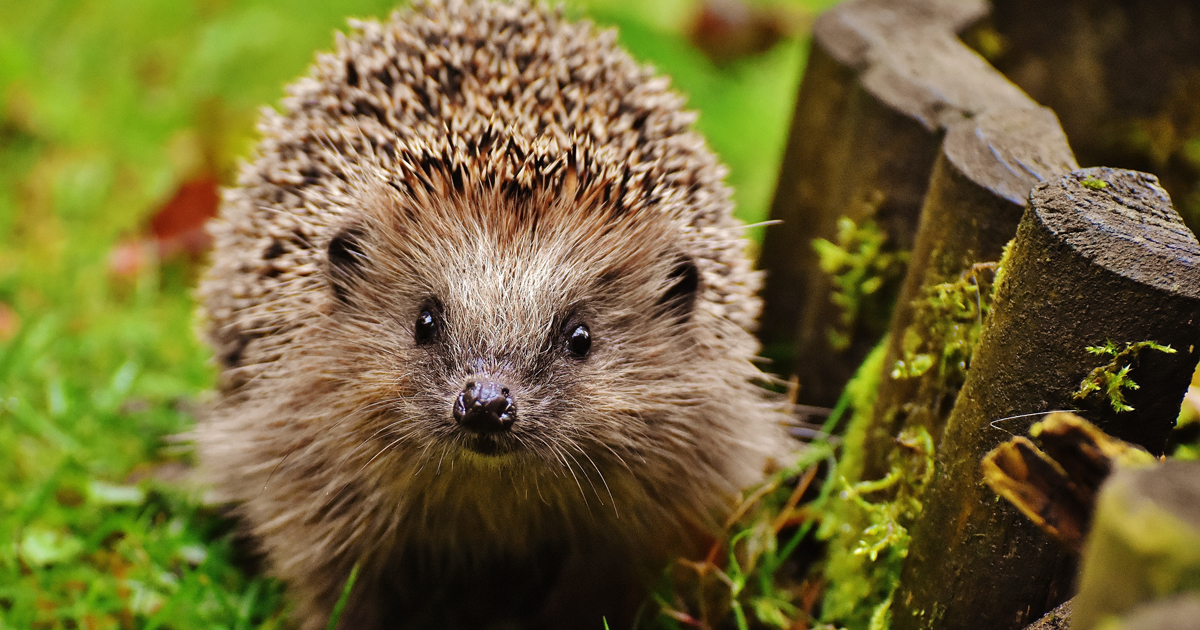Having always aspired to work with wildlife, but evolving a love for vet nursing while qualifying as an RVN in referral practice, I jumped at the opportunity to work as an RVN at a wildlife hospital in Cheshire.
For those who share a similar passion for wildlife, I hope this article can offer some insight and advice on how to get into the role, as well as highlight how rewarding it can be.
In truth, not many opportunities exist for paid positions in wildlife nursing. However, when they do arise, the more practical experience you have, the more successful you will be at gaining a position.
I owe securing my role as a wildlife RVN down to the experience I gained on the way. This included several years working at wildlife rescues and hospitals, along with the knowledge I acquired from rehabilitators when taking an active role in wildlife care in practice.
VNs in practice can play a crucial part in wildlife care; you are in a unique position to be able to influence an establishment where wildlife admissions happen frequently. Although not appropriate facilities for wildlife, vet practices are often the first line response for wildlife casualties. They can also play a vital role in public education of wildlife.
So, if you have your heart set on a wildlife job, don’t wait for the perfect opportunity – start applying your passion now and begin making changes to improve wildlife welfare.
When looking to get into wildlife care you should:
- seek practical experience and make contacts
- read as much as you can about wildlife natural behaviour
- become actively involved within your practice
As previously mentioned, when getting involved with wildlife in practice, it’s very important to remember practices are not appropriate facilities for wildlife. Therefore, your aim as a good wildlife nurse is to care for patients as best you can until release or transfer to an appropriate facility as soon as appropriate (based on advice from an experienced rehabilitator).
By getting involved in practice you:
- gain knowledge through experience and liaison with rehabilitators
- play an integral part in the successful rehabilitation of wildlife
- play an active part in building staff confidence in dealing with species
Learning simple skills such a crop tubing can be life-saving and shared across the team. From my experience, the more confidence a practice has with dealing with wildlife the more likely they are to develop a passion for it. Here are some ways you can help within practice:
- Create flow charts to guide staff on how to deal with wildlife triage telephone calls.
- Create wildlife folders to help guide staff on basic triage and care.
- Create a contact list of trusted rehabilitation centres staff can call for advice or transfer – a great place to find a trusted rehabilitator in your area is www.bwrc.org.uk
Challenges and rewards
Wildlife nursing can offer a completely new aspect to the role. Vast mountains of knowledge needs to be assimilated, a lot of which comes with experience and not from a textbook.
Resources are often limited in wildlife nursing and lack of funding can be frustrating.
Your nursing knowledge can be crucial in helping develop wildlife care, but you must level this with a practical mind and use the tools you have; fund-raising can always help.
As with domestic care, compassion fatigue is a major challenge of wildlife care. Don’t be ashamed to ask for advice, learn and develop.
Despite the many challenges, wildlife care is extremely rewarding. Nothing compares to releasing an animal back into the wild – especially one in which you have invested so much time, love and energy into caring for.
It is a huge honour and privilege to work with wildlife. Wildlife rehabilitation centres and veterinary practices should not work as separate entities – we must work together for wildlife. We all have our part to play.

Leave a Reply